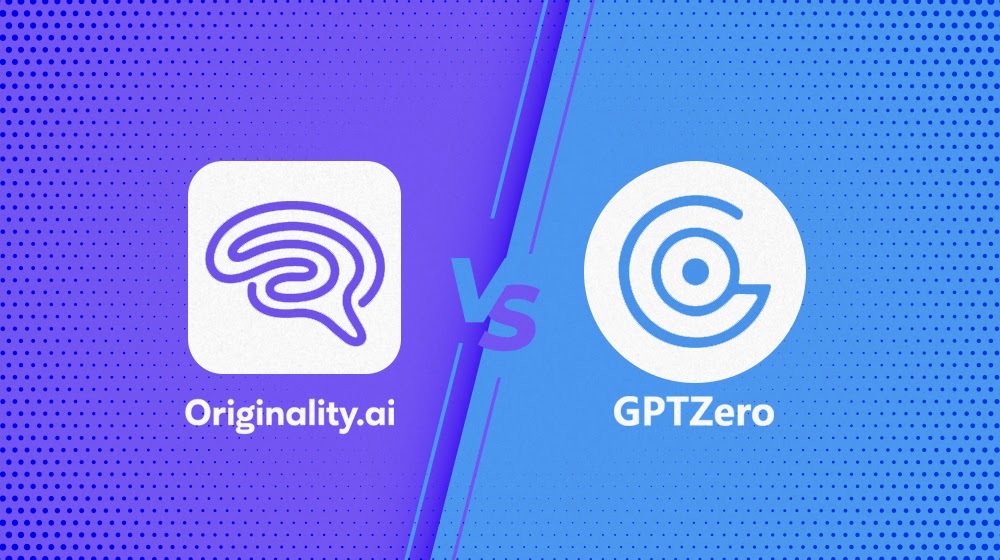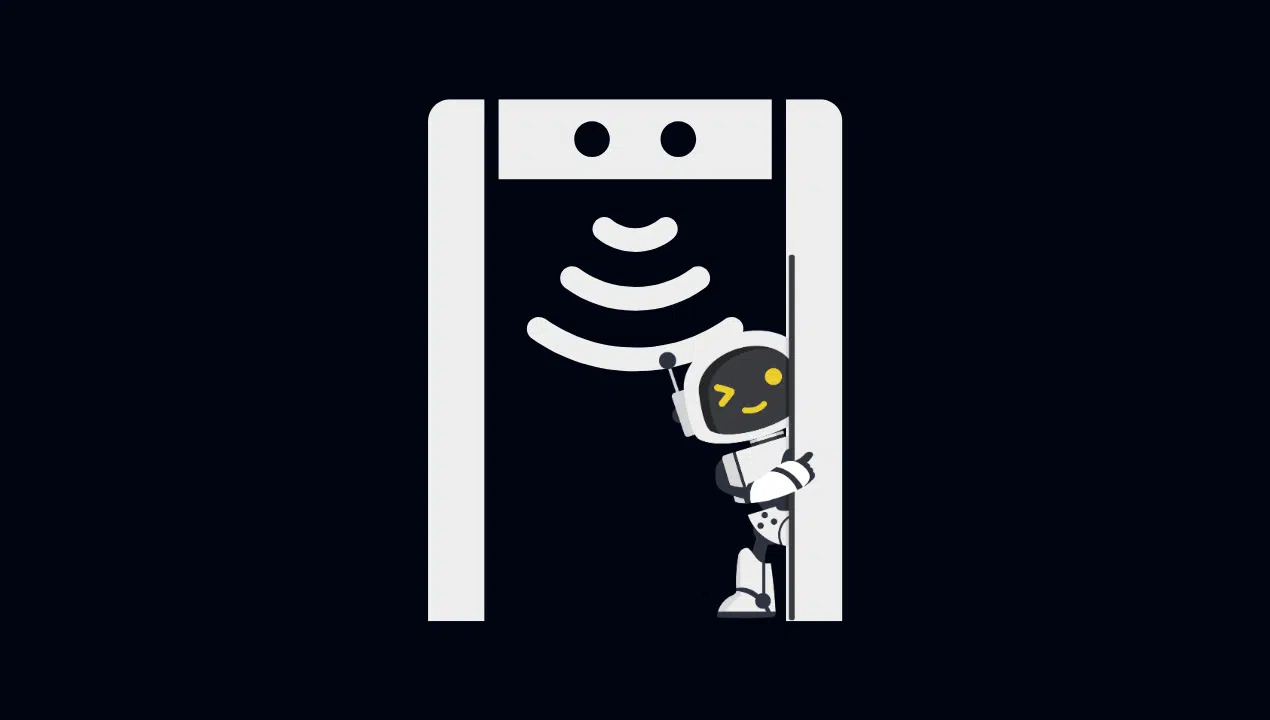In today’s digital landscape, ensuring the originality of written content is crucial. Whether you’re crafting essays, blog posts, or business documents, verifying the authenticity of the text is essential. Two popular AI detection tools, Originality.ai and GPTZero, offer solutions to this need. This article provides a comprehensive comparison of these tools, evaluating their features, accuracy, and overall effectiveness in detecting AI-generated content. Additionally, we’ll discuss Netus AI, a tool designed to bypass AI detectors, and its implications.

As AI-generated content becomes increasingly sophisticated, the need for reliable detection tools has grown. Originality.ai and GPTZero are two leading players in this field. Both tools are available worldwide and can be accessed via major web browsers, making them convenient for users across the globe. The rise of AI-generated content has presented significant challenges in various sectors, including education, publishing, marketing, and legal fields. Ensuring the authenticity of content is essential for maintaining trust and credibility, making the role of AI detection tools increasingly important.
Availability and Pricing
Both Originality.ai and GPTZero are accessible globally, ensuring broad usability. However, their pricing models differ significantly, impacting user decisions based on budget and required features. Originality.ai does not offer a free version, requiring a subscription to access its services. However, its base subscription is competitively priced, and the pay-as-you-go option provides a budget-friendly alternative. Conversely, GPTZero’s free version allows scanning up to 5,000 characters per scan and 10,000 words monthly. For more extensive use, GPTZero offers three paid plans with increasing word limits and features, ranging from $15 to $35 per month.
Detection Accuracy
Accurate detection of AI-generated content is critical for these tools. However, both face challenges in distinguishing between AI-generated and original content. Originality.ai claims a 100% accuracy rate in detecting AI-generated content, yet often misclassifies original content as AI-generated. Additionally, it struggles to differentiate between mixed content, failing to effectively separate original text from AI-generated segments. GPTZero also demonstrates a high accuracy rate of 98% in identifying AI-generated text. However, it shares similar issues with misclassifying original content and mixed content, indicating a need for improvements in detecting nuanced text variations.

Word Limit and Additional Features
Each tool offers different word limits and additional features, which can influence their suitability for various users. Originality.ai provides a base subscription that allows for 200,000 words per month and a pay-as-you-go option with a limit of 300,000 words, valid for two years. The tool includes features such as unlimited scan history, API access, URL scans, full site scans, team management, and access to future features. In contrast, GPTZero offers a basic free plan with a 5,000-character limit per scan and three paid plans with increasing character limits, ranging from 150,000 to 500,000 characters. Higher-tier plans also include additional features such as batch scanning, a Chrome extension, premium AI detection, plagiarism scanning, unlimited batch file scanning, team invitations, and top-up credits.
Feature | Originality.ai | GPTZero |
Availability | Worldwide | Worldwide |
Pricing | $14.95/month or $30 pay-as-you-go | $15-$35/month (free version available) |
Accuracy | 100% for AI, often misclassifies original | 98% for AI, often misclassifies original |
Word Limit | 200,000/month (subscription), 300,000 (pay-as-you-go) | 5,000-500,000 characters depending on plan |
Additional Features | Unlimited scan history, API access, URL scans, full site scans, team management, access to future features | Batch scanning, Chrome extension, premium AI detection, plagiarism scanning, unlimited batch file scanning, team invitations, top-up credits |
Usability and User Experience
The usability and user experience of AI detection tools are crucial factors that can significantly impact their effectiveness. Originality.ai offers an intuitive interface with clear navigation, making it user-friendly even for those less tech-savvy. Users can quickly start scans and access results, enhancing the overall efficiency of the tool. The design focuses on accessibility, ensuring that important features are easily reachable and understandable. GPTZero, while effective, has a less streamlined interface, which can impact user experience. The layout may appear cluttered, and important information might not be as visible, requiring users to spend more time navigating the tool.
Team Collaboration
Effective team collaboration features are essential for organizations that rely on content verification. Originality.ai simplifies team collaboration with easy member addition and role assignment, allowing multiple users to work together seamlessly. This feature is particularly beneficial for educational institutions, publishing companies, and marketing teams that need to manage content verification collectively. In contrast, GPTZero requires separate subscriptions for team members, complicating the process and adding extra costs. This approach can be less efficient for organizations, making it more challenging to coordinate efforts and manage content verification tasks.
Value for Money
The value for money offered by AI detection tools is a significant consideration for users. Originality.ai offers comprehensive features at reasonable prices, making it a cost-effective choice for both individuals and teams. The base subscription and pay-as-you-go options provide flexibility, allowing users to choose a plan that suits their needs and budget. GPTZero’s free plan is limited, and its paid plans can become expensive, especially for larger teams. While GPTZero offers a range of features, the cost may outweigh the benefits for some users, particularly those requiring extensive content verification capabilities.
Experts agree that while both tools are valuable, Originality.ai stands out for its accuracy and comprehensive features. It is particularly praised for its ability to detect paraphrased AI content, a common method used to bypass detection. This capability is crucial in maintaining the integrity of content and ensuring that AI-generated text is accurately identified. GPTZero, on the other hand, excels in plagiarism detection, making it a strong choice for educational institutions. Its ability to identify plagiarized content effectively is an essential feature for maintaining academic integrity.

As AI models continue to evolve, AI detection tools must adapt to maintain their effectiveness. Both Originality.ai and GPTZero will need to update their algorithms regularly to keep pace with advancements in AI-generated content. Continuous improvements and innovations in AI detection technology will be crucial to meet these challenges effectively. Additionally, new players like Netus AI, designed to bypass AI detectors, present a significant challenge. These tools will need to enhance their capabilities to detect such sophisticated AI-generated content. The ongoing development of AI detection tools will be essential to ensure that they remain reliable and effective in identifying AI-generated text.
For users interested in bypassing AI detection, several strategies and tools can help:
Through digital leadership we empower people to leverage the opportunities in global economy
@ 2024 Netus AI.